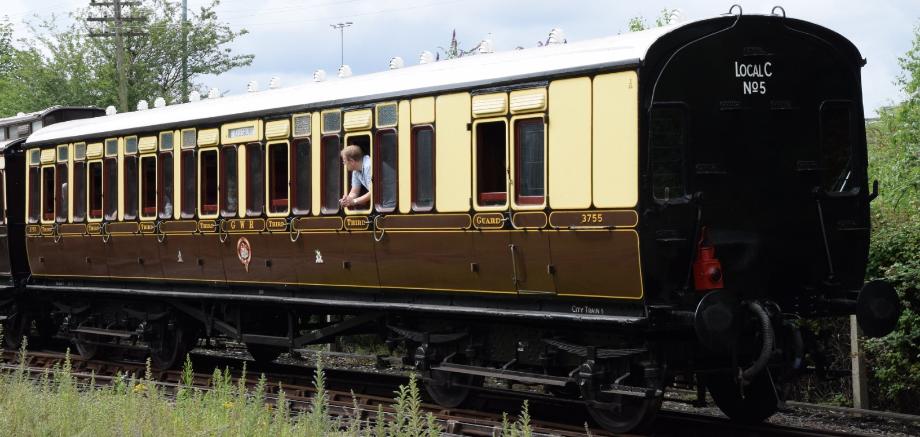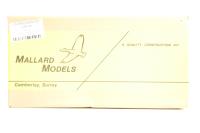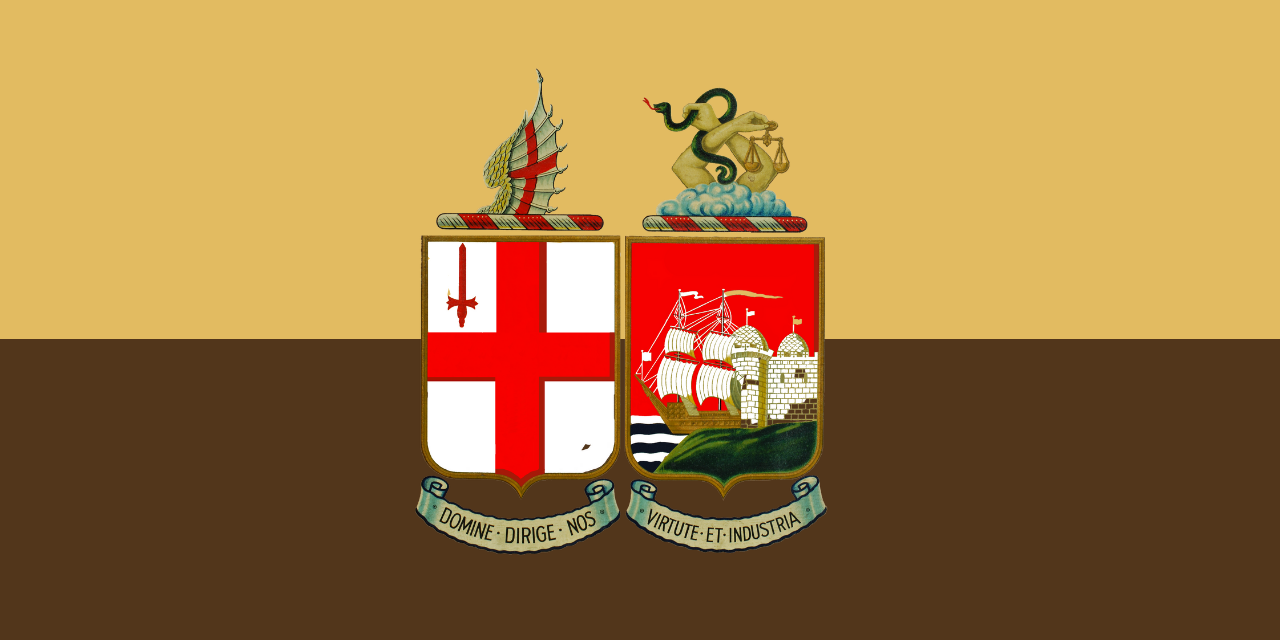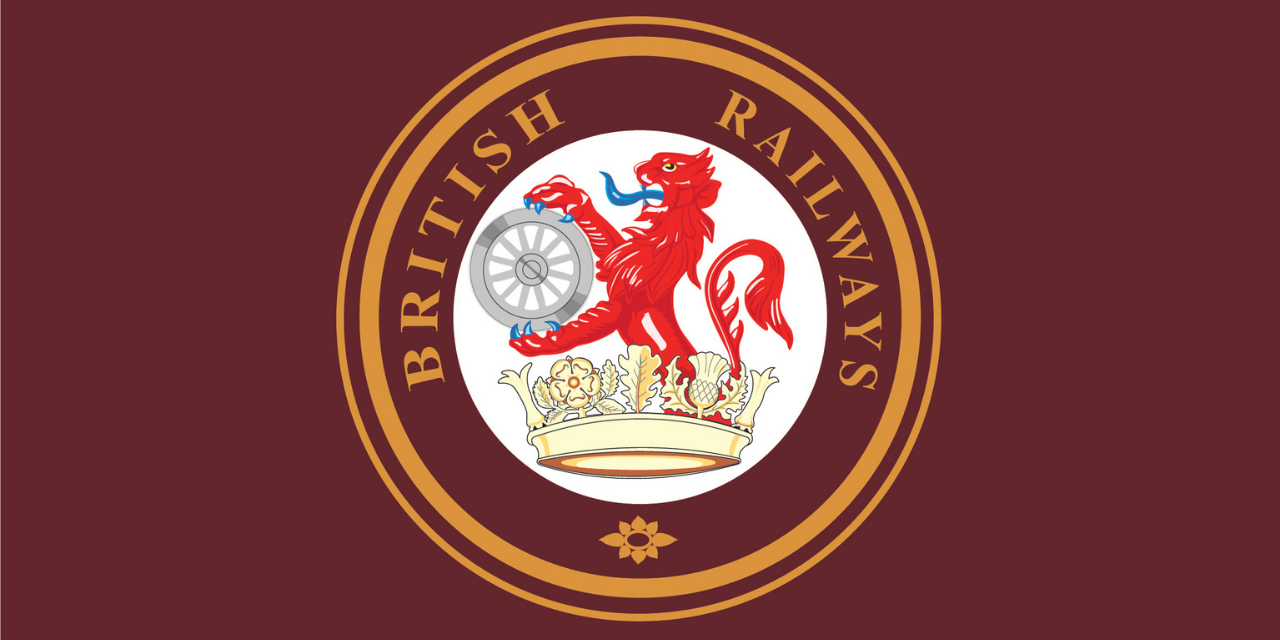GWR 1920 Churchward 'Toplight City' Profile and Models

Brake Third 3755 at Didcot Railway Centre © Hugh Llewelyn
The first order for these coaches was placed in 1915 but due to the First World War they were not built until 1920. The second batch was completed in 1921. Six sets of coaches were produced with a set comprising six coaches. The coaches were close coupled and constructed with a steel body rather than the traditional wooden paneling. Due to the restrictive loading gauge of the London underground tunnels the carriages are 7 inches lower than other contemporary carriages of the time. This enabled them to travel directly to Aldgate and Liverpool Street, on the Metropolitan Underground system. The coaches were originally used for commuter traffic from the likes of Reading and Windsor into the City of London. At the start of World War 2 this service was curtailed. However, after the Second World War and into BR days the coaches could be found on services much further afield. The coaches started to be removed from revenue earning service in December 1956 and all had been removed by December 1957. There was only one significant change made to the design during the lifetime of the coaches which was the removal of one roof ventilator from each compartment. Two coaches survive in preservation at Didcot Railway Centre.
(Information provided via Dapol)
|
Type of Vehicle |
Coach |
|
Builder |
Swindon Works |
|
Build Dates |
1920 to 1921 |
|
Total Built |
36 |
|
Wheel Configuration |
2 x Bogies |
|
Operated By |
Great Western Railway British Railways |
|
Main Duties |
Suburban passenger |
|
In Service Until |
Late 1950s |
|
Surviving Examples |
2 |
OO Gauge (1:76 Scale)
Products awaiting categorisation
| Scale | Brand | Image | Construction Type | DCC Capability | Product Code | Product Title | Livery |
|---|---|---|---|---|---|---|---|
| OO Gauge (1:76 Scale) | Mallard |

|
Requires assembly | Not set |
GWRBOGIEM View |
GWR 38ft Suburban Bogie brake coach Kit | Awaiting Categorisation |


 GWR chocolate and cream
GWR chocolate and cream
 GWR brown
GWR brown
 GWR crimson lake
GWR crimson lake
 BR maroon
BR maroon